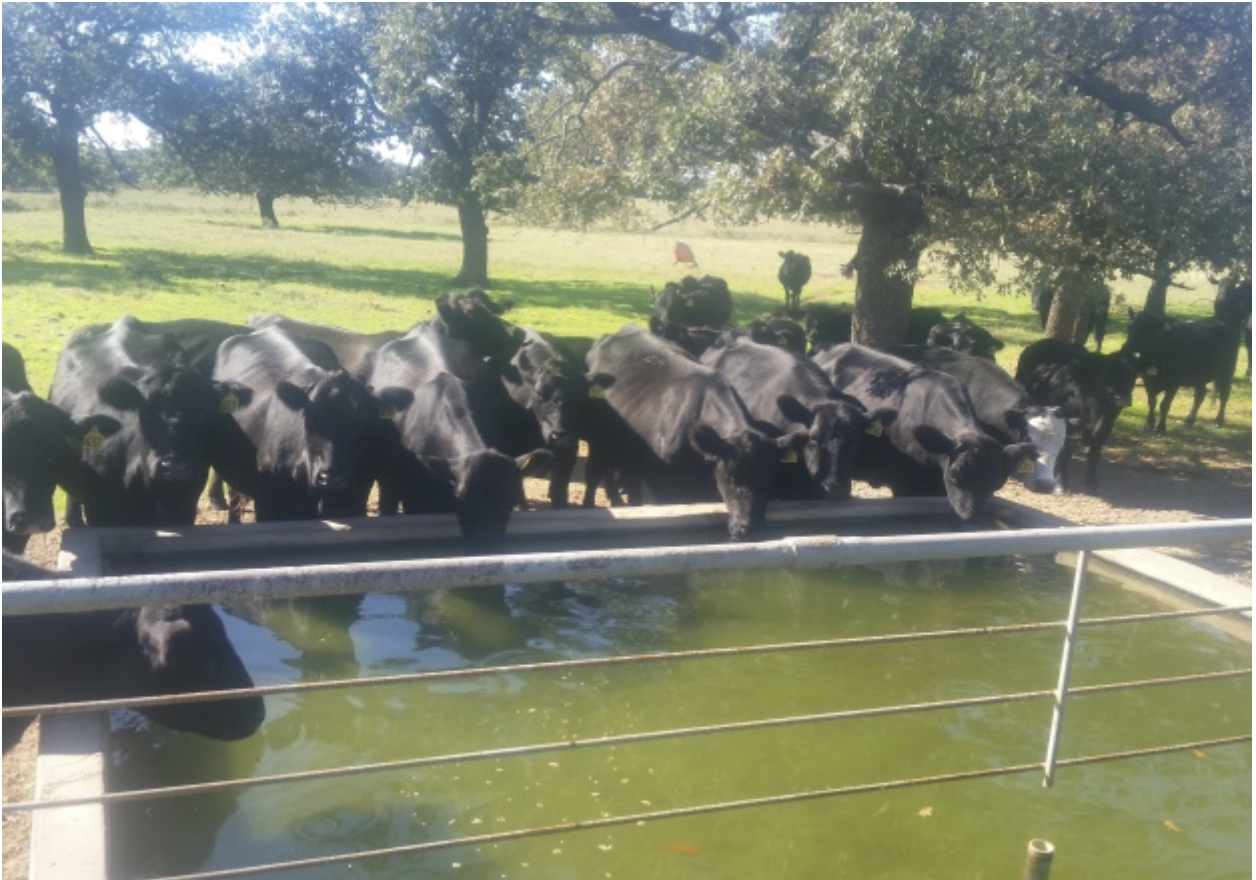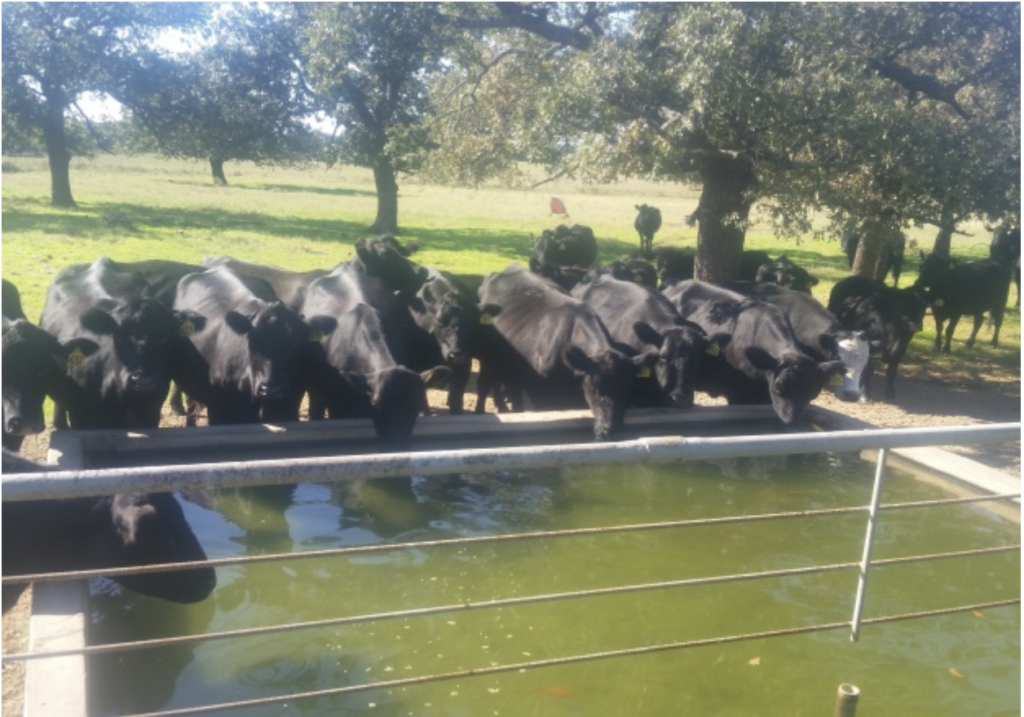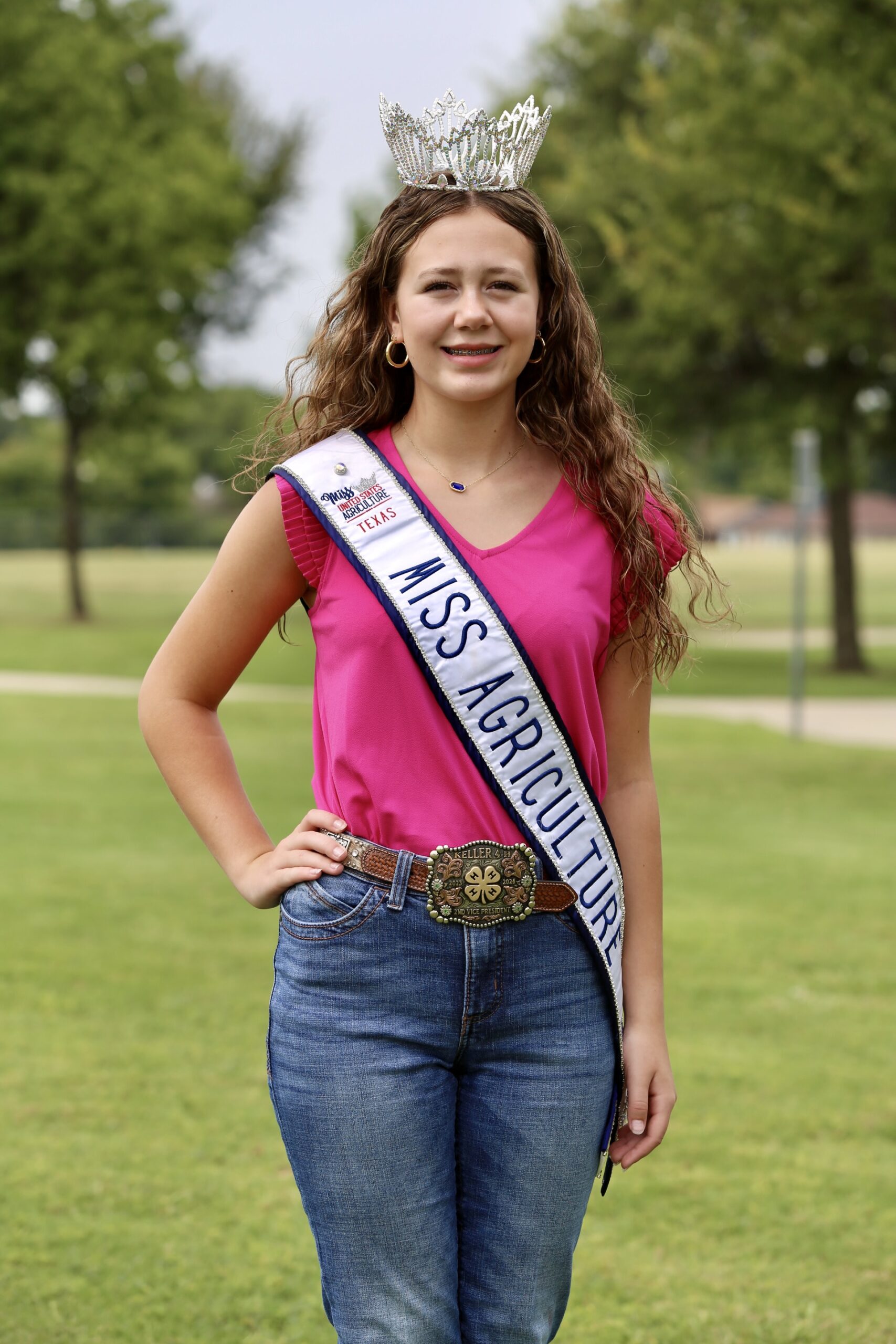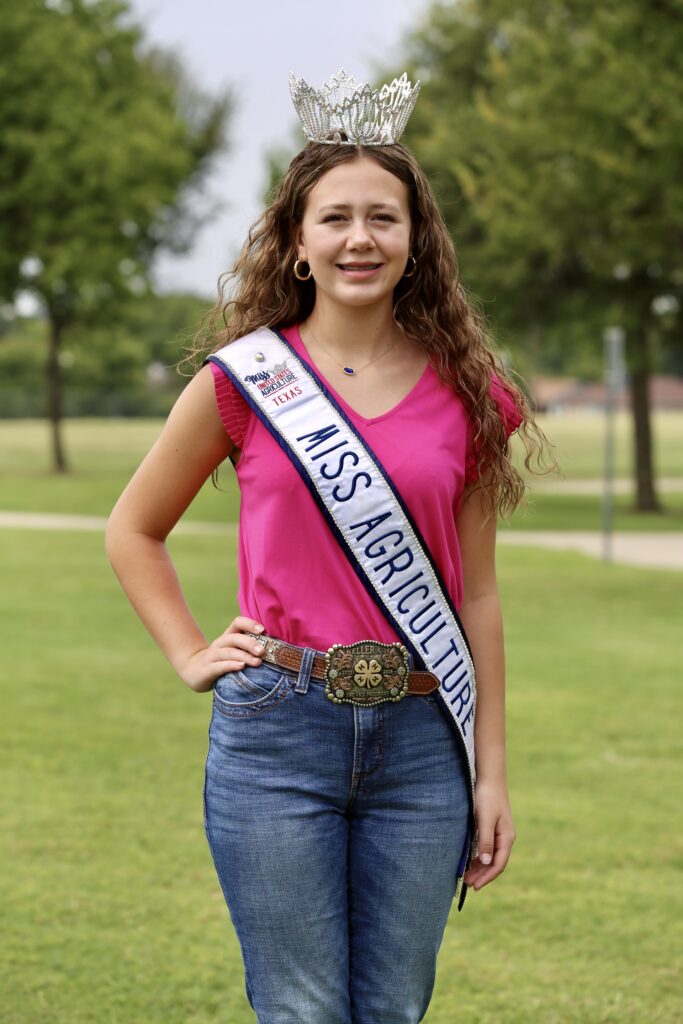Country Lifestyles
[AgriLife Today] Research shows Texas Grow! Eat! Go! interventions having positive impact on youth

By: Paul Schattenberg
COLLEGE STATION — Research has shown that efforts through the Texas Grow! Eat! Go! program have had a positive effect on improving the health and wellness of youth in the five participating Texas counties.
The study is a five-year collaboration among AgriLife Extension, the University of Texas School of Public Health at the Austin Regional Campus, Texas A&M University and the Texas A&M Health Science Center School of Public Health.
“The goal of the study was to determine the effect of specific interventions on improving the physical activity and eating behaviors of children and families, especially in low-income and underserved areas, and prevent obesity and overweight in children,” said Dr. Alex McIntosh of Texas A&M AgriLife Research, College Station.
The Texas Grow! Eat! Go! study engaged 28 resource-limited Title I elementary schools in five geographically diverse counties to determine the efficacy of two programs in conjunction with Coordinated Approach to Child Health, or CATCH, efforts, said Dr. Judy Warren, AgriLife Extension special initiatives coordinator and principal investigator for the study.
“CATCH is a coordinated school health program of the type mandated by the state,” Warren explained. “The programs being assessed in the study are two AgriLife Extension programs — Walk Across Texas, which promotes physical activity, and the Junior Master Gardener program, which promotes youth gardening and nutrition.”
She said these programs were selected for study as interventions because they had already been successful in engaging youth, but had never been evaluated on health outcomes using typical research methods and practices.
McIntosh, who is among a team of cross-university researchers involved with the Texas Grow! Eat! Go! study, said the study was designed to help assess the separate and joint effects of the two experiential programs on weight status, diet and physical activity among third-grade students.
“Schools in the research study were randomly assigned to four treatment groups, using schools implementing the CATCH program,” McIntosh said. “The four groups were CATCH-only, CATCH and Walk Across Texas, CATCH and Junior Master Gardeners, and CATCH in combination with both programs.”
The study was conducted in schools with a high degree of ethnic diversity. Youth enrollment in the study was 54 percent Hispanic and 18 percent African-American. Forty-three percent of their parents indicated some degree of family food insecurity.
“We collected data from 28 elementary schools in the diverse geographic areas of Texas — north central, coastal south, central and east central areas — with from three to eight classrooms in each participating school,” McIntosh said. “There were 759 third-graders in the group that participated in the first year of the study and 567 who participated in the second year.”
Data were collected from student, parent and teacher questionnaires, interviews with principals and program coordinators and from public sources. Student body mass index, or BMI, was also measured for students. Research methodology called for the data to be collected at four points in time: pre-test or baseline, immediate post-test, four-month post-test and one-year post-test.
The seven key outcome variables to be assessed for the students in the study were knowledge of nutrition and gardening, vegetable preference, usual vegetable consumption, vegetable consumption at school, sugar-sweetened beverage consumption, physical activity behaviors and sedentary behaviors.
The four key outcome variables to be assessed for parents in the study were home availability of vegetables, home availability of sugar-sweetened beverages, parental support of physical activity and parental support for decreasing sedentary behavior.
The four key child-parent interaction outcome variables for the study were gardening together, preparing food together, being physically active together and eating meals together.
“To determine within-group effects, pre-post differences for each condition were examined,” McIntosh said. “For each outcome, pre-post differences in each treatment condition were compared against the pre-post differences observed in the comparison group.”
Preliminary results from the overall study showed single and combined interventions were effective in changing variables related to weight status in children, significantly improving twelve of the fifteen behaviors targeted, while maintaining child weight status.
“We also were able to determine through our data analysis that positive behavioral and knowledge changes were largely due to the in-person participation of the students in these interventions, such as the physical activity of Walk Across Texas and working and tending the school gardens that were established as part of Junior Master Gardener activities,” McIntosh said.
-30-
Find more stories, photos, videos and audio at http://today.agrilife.org
Country Lifestyles
Wichita Falls Area Cattlewomen

By: Martha Crump
Most cattle producers can tell you quite a lot about balancing cattle diets for energy, protein, vitamins, and minerals based on the specific needs for their herd and type of operation.
A key factor, and one that is often overlooked, is that how your animals perform is also directly affected by their water intake.
Now many of you may already be thinking “well of course water is necessary, anybody knows that!”
In many years, as September marches into October, we are beginning to experience some return of rainfall. But as many of us know, that is not always the case. Often we are still experiencing hot and dry weather, and water supplies are dwindling.
When we find ourselves experiencing those types of fall conditions, it is critical to not only understand the daily water requirements for cattle, but also the impact that the quality of water can have on herd health and development.
To read more, pick up a copy of the October edition of North Texas Farm & Ranch magazine, available digitally and in print. To subscribe by mail, call 940-872-5922.

Country Lifestyles
When A Girl Goes Country: When Two Different Worlds Collide

By: Annette Bridges
A friend and I were recently talking about our husbands. She made a comment that I felt also perfectly described me and my hubby.
“He slows me and I hurry him. I’m sure that is why we do well together,” she said.
“Precisely!” I thought. Why?
Because when two different worlds collide, it can be magical.
No matter what those two different worlds are- a man and a woman with very different personalities, beliefs, or backgrounds, two partners with contrasting passions, strengths, or talents, or when a country boy marries a city girl.
To read more, pick up a copy of the October edition of North Texas Farm & Ranch magazine, available digitally and in print. To subscribe by mail, call 940-872-5922.

Country Lifestyles
Emma Harvey- Miss USA Agriculture

Watauga, Texas, a suburb of Fort Worth, is known for its rich history as a railroad stop, but over the course of the last year, one teen girl has put it on the map for agriculture as well. Emma Harvey has lived in Tarrant County her entire life. Despite being highly involved in her local 4-H chapter, she still felt there was more she could do. In the spring of 2023, she stepped up to the plate to take over the title of Tarrant County Teen Miss Agriculture USA.
“It all started when I put in an application for the teen title here in Tarrant County,” explained Harvey.
The Miss Agriculture USA program is a national non-profit, age-inclusive pageant program that offers both competition and non-competition titles to women dedicated to the promotion of agriculture.
Read more in the October issue of North Texas Farm & Ranch magazine, available online and in print. Subscribe to our newsletter to receive NTFR in your inbox each week.

Photo by Hannah Claxton.
-

 Country Lifestyles2 years ago
Country Lifestyles2 years agoScott & Stacey Schumacher: A Growth Mindset
-

 Country Lifestyles8 years ago
Country Lifestyles8 years agoStyle Your Profile – What your style cowboy hat says about you and new trends in 2017
-

 HOME8 years ago
HOME8 years agoGrazing North Texas – Wilman Lovegrass
-

 Outdoor10 years ago
Outdoor10 years agoButtercup or Primrose?
-

 Equine1 year ago
Equine1 year agoThe Will to Win
-

 Country Lifestyles5 years ago
Country Lifestyles5 years agoAmber Crawford, Breakaway Roper
-

 Country Lifestyles9 years ago
Country Lifestyles9 years agoJune 2016 Profile – The man behind the mic: Bob Tallman
-

 Country Lifestyles8 years ago
Country Lifestyles8 years agoDecember 2016 Profile, Rusty Riddle – The Riddle Way






